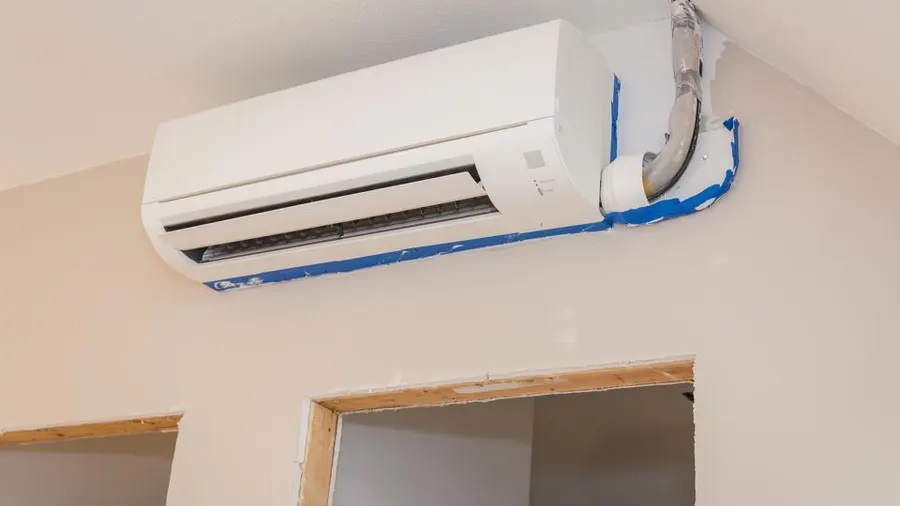Mini Splits Vs. Central Air: Which Is Better For Your Home?

Choosing the right cooling and heating system for your home can be a challenging decision, especially with so many options available. For homeowners considering Bonterra Home, it’s essential to weigh the pros and cons of mini splits and central air systems. Here, we’ll compare these two popular choices to help you determine which is better for your home.
Energy efficiency
One of the main advantages of mini splits over central air systems is their energy efficiency. Mini splits allow for zoned heating and cooling, meaning you can control the temperature of individual rooms or areas independently. This targeted approach ensures that you’re not wasting energy on unoccupied spaces, leading to lower energy bills. In contrast, central air systems often cool or heat the entire home based on a single thermostat setting, which can be less efficient.
Installation and maintenance
The installation process for mini splits is generally simpler and less invasive compared to central air systems. Mini splits are ductless, which means they don’t require extensive ductwork installation. This makes them ideal for older homes without existing ducts or for home additions. Central air systems, on the other hand, require a network of ducts throughout the home, which can be costly and time-consuming to install. Maintenance is also typically easier with mini splits, as there are fewer components to service and no ducts to clean or repair.
Cost considerations
When it comes to initial costs, central air systems might seem more affordable, especially if your home already has ductwork installed. However, the long-term savings associated with mini splits can offset the higher upfront cost. The energy efficiency of mini splits leads to lower utility bills, and their simpler maintenance requirements can result in fewer repair costs over time. It’s also worth noting that mini splits can qualify for various energy rebates and incentives, further reducing the overall cost.
Indoor air quality
Mini splits can offer superior indoor air quality compared to central air systems. Because they are ductless, mini splits eliminate the risk of dust, mold, and other allergens accumulating in ductwork and being circulated throughout your home. Additionally, many mini split models come with advanced filtration systems that help purify the air by trapping pollutants and allergens. Central air systems can also have filters, but the ductwork can still harbor contaminants that affect air quality.
Comfort and control
Mini splits provide a high level of comfort and control. With the ability to set different temperatures in different zones, you can tailor the climate of each room to your specific needs. This is especially beneficial for households with varying preferences or rooms that are used infrequently. Central air systems rely on a single thermostat, which can make it challenging to achieve uniform comfort throughout the home. Some rooms might be too hot or too cold, depending on their distance from the thermostat and the layout of the ductwork.
In conclusion, both mini splits and central air systems have their advantages, and the best choice depends on your specific needs and circumstances. Mini splits offer superior energy efficiency, simpler installation and maintenance, potential cost savings, better indoor air quality, and enhanced comfort and control. For those considering Bonterra Home, these benefits make mini splits a compelling option. However, if your home already has ductwork and you prefer a centralized system, central air may still be a viable choice. Ultimately, assessing your priorities and consulting with HVAC professionals can help you make the best decision for your home.

